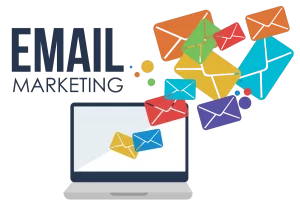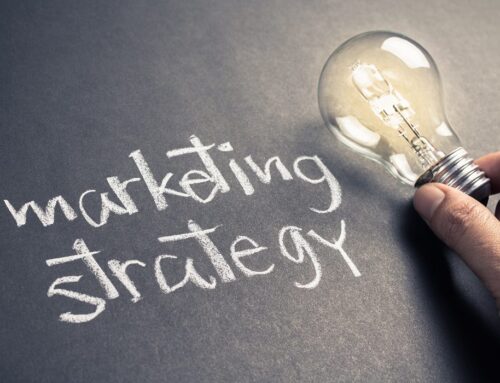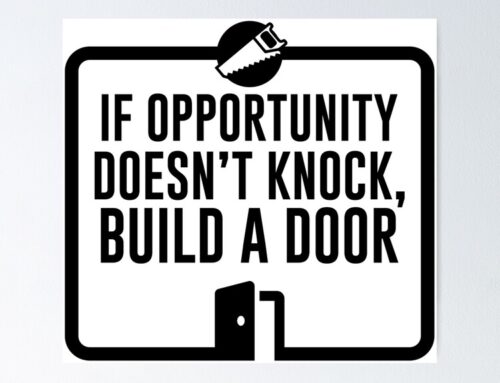Your Email Marketing Is Falling Short, 5 Reasons Why
Email remains one of the best marketing tools at our fingertips, and yet it’s also one of the most underutilized. This may be because people have email fatigue, thanks to overflowing inboxes and endless untargeted vies for their attention. But it’s not time to give up email as a strategic and effective method for reaching your ideal audience. In fact, in the current environment, it’s time for an email resurgence. It just has to be done in the right way.
If you’ve been dabbling in email marketing or using email for sales purposes, it’s no surprise you’re ending up disappointed by the results. Most likely, you’re unintentionally suffering from one of the following five mistakes with your email approach.
1. It’s annoying your intended audience.
Raise your hand if you’ve ever been annoyed by a sales or marketing email. Now that everyone on the planet who owns an email address has their hands raised, let’s think for a moment why that is. Is it because those emails have been perfectly tailored to you and your needs, and sent at the precise time you’d find it most useful? Certainly not. It’s because the opposite is true. Email itself isn’t annoying; the wrong email sent excessively is.
So you need to check your email frequency and content. Do you follow up an hour after you send the first note? Give your recipient more time. Are you sending irrelevant information and adding to idle chatter in your messages? If so, you’re devaluing your email status with the recipient. Wait until you have something meaningful and relevant to say, and space out your correspondence (unless you’ve gotten a response, of course). The best rule of thumb to follow is to send less email, but make it matter more.
One more note: Remember your intended audience may also be getting emails from someone else at your company. Make sure your sales and marketing teams, for example, have access to the same CRM so they can share contact records. This will help you reduce the chances someone will get multiple emails from your company within a short period of time.
2. It’s not readable.
You might think you have one shot to share information with your recipient, since people may not open your second email. So you cram your message full of details, confident there will be no questions left unanswered. The problem with this, of course, is that the recipient will likely read zero percent of that email. It’s too long, and no one wants to read a small book via email.
If your message is more than 150 words, it’s too long. Keep it under that word count and it’s far more likely to get read – and responded to. And if that happens, you can always share more information later, when it’s actually requested or desired.
3. There’s no clear connection to your brand.
Maybe you send relevant information and keep it short and nicely paced. But you’re still not getting a response, and the people who do respond seem to be mixing you up with someone from a different company. In this scenario, your problem is a lack of branding.
A study we conducted found that having a logo at the top of your email increases your response rate by up to 12%. Something simple like including your logo in the top left hand corner of your email can get attention and cut through a busy inbox. There’s no more limiting your branding to your signature block, and no more wondering who sent an email or from which company it came.
4. You’re not using data to make better decisions.
Even though businesses have entire tech stacks dedicated to gathering and analyzing data so it can be acted upon, email is usually not considered a rich source of data. Sure, you can look at open rates and clicks. But this hardly tells a full story or makes you a better marketer or salesperson. The reality is that there’s so much more to email analytics than most people realize.
One of the best pieces of data you can tap into in email is the time between when you send an email and when a recipient opens the email, and the time between that and when they respond. This gives you a clear indication of whether the relationship is going in a positive direction or a negative one.
If the average period of time between when a prospect opens your email and replies to it has increased, you will know something is going south and you can try to figure out what it is before things get worse. On the flip side, if that period of time decreases, you have a strong signal the relationship is going well.
5. You’re missing opportunities to gain insight.
When you have a document or file to send to a prospect or customer, how do you send it? If you’re like most people, you attach it to your email and send away. But this method doesn’t help you determine engagement or learn when your audience is most receptive. It also means you will no longer have control over the attachment.
If you send links to folders instead, you’ll be able to see when your recipient has engaged with the files. This works especially well with Google Docs and Office 365. We’ve automated this with Black Pearl Mail, so you can get a real-time push notification when your link is accessed. If you don’t have our system, you can use folder settings to turn on notifications for this. Either way, this insight gives you the opportunity to maximize what we call the “magic minute,” in which you can follow up in the same moment someone is already thinking about you and your company.
Are you falling prey to any of these mistakes in your email approach? If so, there’s good news. You can rather quickly rectify each one, once you’re aware of it. Wishing you well (and less, but more effective, email).
Author Nick Lisette with Black Pear Mail
________________________________________________________

206-391-5682
i2i@i2idirectmarketing.com
www.i2idirectmarketing.com
“…all deliveries GPS tracked…”





